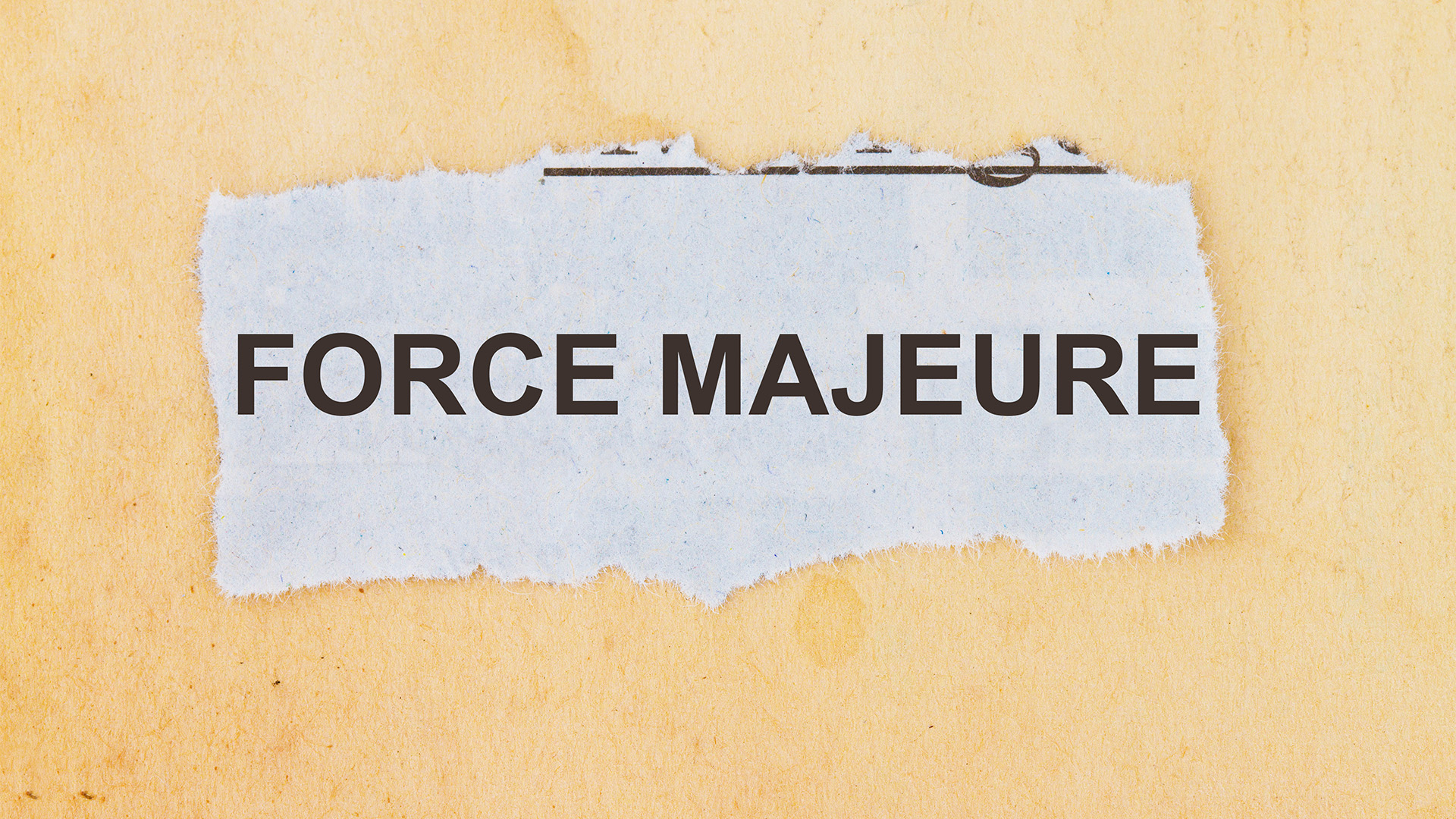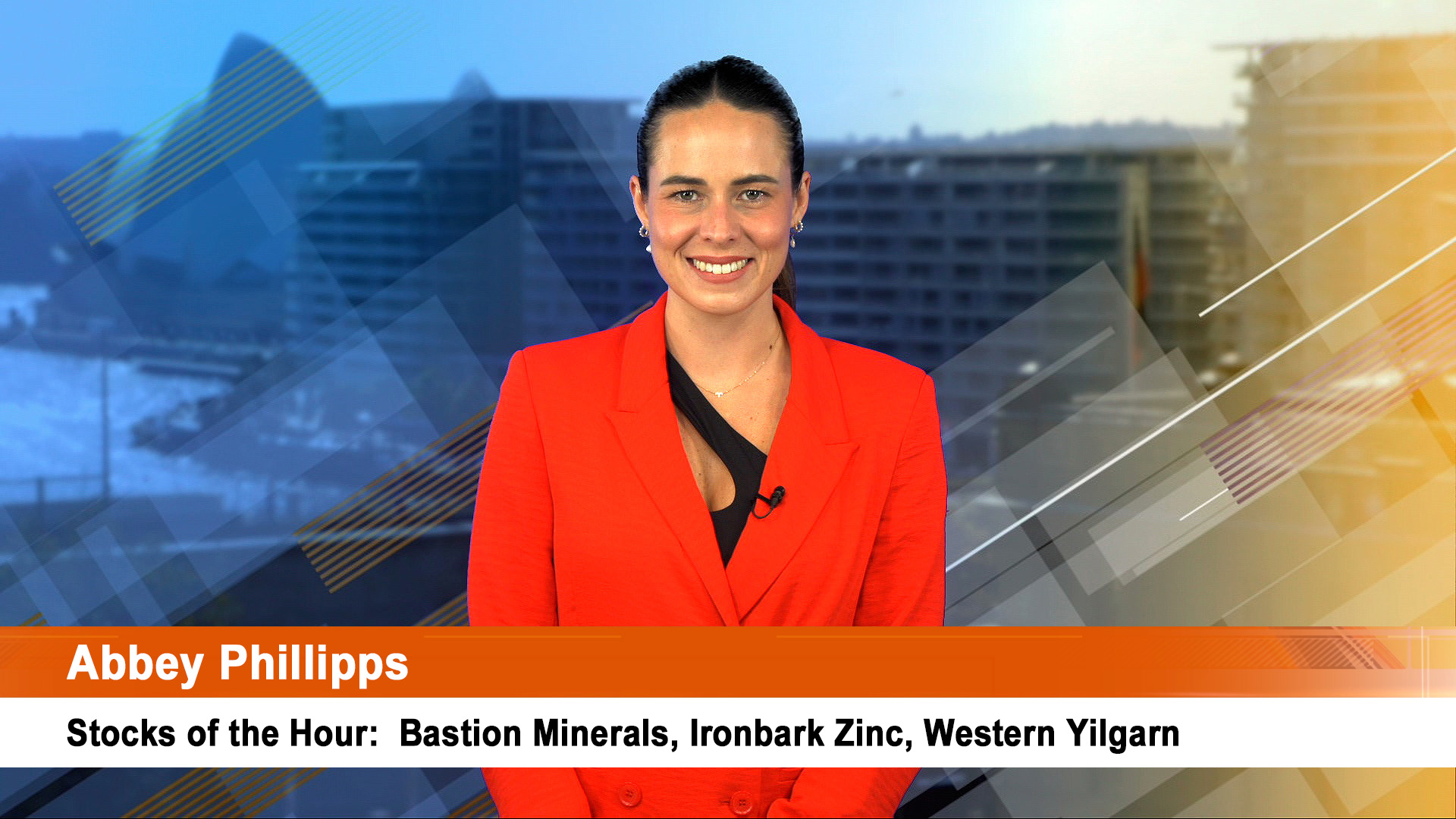Ignore the claims of our new Federal Treasurer yesterday about how the carbon tax has boosted inflation since being introduced in his commentary on the 1.2% quarter on quarter rise in consumer price inflation in the three months to September.
Mr Hockey told a press conference in Canberra yesterday:
"The release of the September Quarter CPI was also a final report card on cost of living pressures under Labor. Since the introduction of the carbon tax, electricity prices have increased 22% and gas prices have increased 21%.Under the period Labor was in power, electricity prices doubled, rising by 101% – including 122% in Melbourne.Gas prices rose by 71% under Labor.
"For the September 2013 quarter, automotive fuel rose 7.6 per cent. Labor’s carbon tax changes were due to hit fuel for heavy vehicles from 1 July 2014, so prices for industrial users would have continued to rise.The Coalition Government will ease the cost of living by removing the carbon tax, lock, stock and barrel. On average, abolishing the carbon tax will save households $550 next financial year."
That is nonsense. Mr Hockey didn’t mention the biggest factor, as explained by the Australian Bureau of Statistics and numerous economists – the slide in the value of the Aussie dollar in the quarter.
And you can add state and local government to the list of those responsible – that’s because of the big rises in utility costs and rates and other charges.
If anything, the Rudd and Gillard Governments were very successful in keeping a lid on inflation.
Focus instead on the underlying inflation figures provided yesterday by the Australian Bureau of Statistics, the figures the Reserve Bank uses in its assessment of the state of the economy.
The data shows that the underlying measures of inflation (ie the trimmed mean and median) averaged just 0.65% quarter on quarter in the three months to September.
That was only fractionally above expectations for a 0.6% gain which left the inflation rate up 2.3% for the year to September, which is a more accurate read than the 2.2% annual rate in headline inflation which came after the 1.2% rise in the CPI.
The market forecast was for a rise of 0.8% in headline inflation and an annual rate falling to 1.8%.
September quarter inflation means even less chance of another easing

Helping push inflation higher was the weaker value of the Aussie dollar, higher local government charges and higher utility costs for power, water and sewerage, which started on July 1 and followed increases approved by state regulators and or governments.
The local stockmarket ignored the inflation data and Mr Hockey’s comments, while the dollar rose by more than a quarter of a cent to over 97.30 US cents as traders concluded there would be no more rate cuts from the RBA, unless there was a major crisis offshore.
"The lower exchange rate has pushed up imported inflation and capped the ability of the central bank to lower the cash rate further," Moody’s Analytics associate economist Katrina Ell said yesterday.
But it shed nearly a cent in the afternoon after news of a rise in interest rates in Chinese money markets and a rise in the value of the yen. It traded down to 96.5 US cents overnight and lower this morning where it was around 96.20 and looking to go lower.
Until there’s a circuit breaker, say the US Fed deciding to cut its huge spending on bonds and mortgage securities, the Aussie dollar will continue to rise, crimping nominal GDP growth and tax revenues, not to mention export income and putting further pressure on employment.
And contrary to Mr Hockey’s assertions, analysis of the CPI data shows the fall in the value of the Aussie dollar (to a low of 88.48 US cents early in the quarter) helped boost inflation.
The AMP’s chief economist, Dr Shane Oliver said the "The inflation surge was mainly due to a combination of the earlier fall in the Australian dollar pushing up petrol prices (+7.6%) and overseas travel costs (+6.1%), another surge in utility prices (+5.7% ) and higher property rates (+7.9%)."
The rise in property rates and charges came from local governments, but again were in most cases, approved by state governments.
Supporting this analysis was data in the ABS release comparing inflation in the tradeable (goods and services exposed to international competition and pricing) and non tradeable sectors (mot exposed to international competition.
In the tradeables segment, inflation rose by 1.2% in the September quarter, driven by petrol, fruit and tobacco price rises. The strength of the Australian dollar has kept tradeables inflation low, but the currency’s weakness between April and August was always forecast to lift prices in this component for the quarter.
The non-tradeables component – saw a 1.1% for the quarter on the back of higher electricity, water and sewerage costs. Most of these rises were approved by State Governments and or their pricing regulators. This is despite declining demand for electricity in particular.
Looking to the outlook, Dr Oliver wrote yesterday "However, while the headline surge in inflation clearly shows the flow through of the earlier fall in the $A…. the rebound in the $A over the last two months will dampen inflation in the current quarter; still weak demand and excess capacity is likely to continue to constrain price gains for the next year or so ; and the September quarter is normally seasonally strong.
"As a result headline inflation is likely to fall back to around 0.5/0.6% quarter on quarter in the current quarter." Dr Oliver wrote.
Inflation rose by 1.2% in Sydney and Perth, by 1.4% in Melbourne and Adelaide, 1.3% in Brisbane, 0.9% in Hobart and Darwin and by 0.6% in Canberra.













